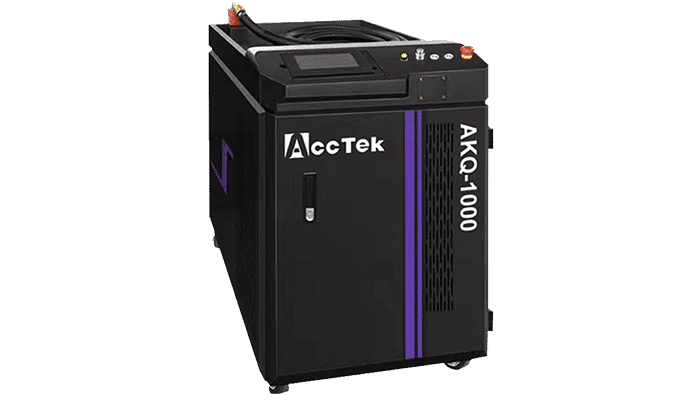Types of Motors Used in Laser Cutting Machines
Laser Cutting Machines rely on various types of motors to achieve precise and efficient movement of the cutting head and crosshead. The choice of motor can significantly impact the machine's performance, accuracy, and suitability for specific applications. Below, we explore the three main types of motors used in laser cutting machines: stepper motors, servo motors, and linear motors. Each type has unique characteristics, advantages, disadvantages, and ideal applications.
Stepper Motors
Overview
Stepper motors are widely utilized in laser cutting machines due to their simplicity, reliability, and cost-effectiveness. These motors operate by dividing a full rotation into a series of equal steps, allowing precise control of angular position without the need for a feedback system. Typically, stepper motors function within open-loop systems, moving in discrete steps based on input pulses from a controller.
Advantages
- Simplicity: Stepper motors feature a straightforward design and are easy to control using basic electronics.
- Cost-Effectiveness: They are generally more affordable than servo motors, making them an excellent choice for budget-conscious applications.
- High Torque at Low Speeds: Capable of producing substantial torque at low speeds, which is beneficial for applications requiring precise movement.
- Good Holding Torque: Maintain strong holding torque when stationary, ensuring that the cutting head or table remains in place during operation.
Disadvantages
- Limited Speed: Stepper motors have a restricted speed range and tend to lose torque at higher speeds, limiting their use in high-speed applications.
- Heat Generation: They generate significant heat during operation, especially at higher currents, which may necessitate additional cooling solutions.
- Resonance Issues: Can experience resonance, leading to vibrations and noise at certain speeds.
- No Feedback Mechanism: The absence of a feedback system means that if synchronization is lost, the system cannot self-correct, potentially causing inaccuracies.
Applications
- Entry-Level and Budget Machines: Ideal for small workshops and educational environments where cost is a major consideration.
- 2D Cutting Applications: Suitable for tasks that do not require extremely high speeds, such as cutting thin materials.
- Prototyping and Hobbyist Projects: Commonly used in DIY laser cutters and other small-scale applications.
Servo Motors
Overview
Servo motors are renowned for their high precision, efficiency, and ability to provide controlled motion over a wide speed range. Unlike stepper motors, servo motors operate using a closed-loop system that incorporates feedback from sensors to ensure accurate adherence to the desired path. This makes servo motors ideal for applications that demand complex motion control and high-speed operation.
Advantages
- High Precision and Accuracy: Servo motors offer excellent control over position, speed, and torque, making them perfect for high-precision applications.
- Fast Response Time: They respond quickly to control signals, allowing for rapid changes in direction and speed.
- Maintaining Torque at High Speeds: Servo motors retain their torque capabilities across a wide speed range, ensuring consistent performance.
- Feedback Mechanism: Closed-loop control systems correct any position errors in real-time, enhancing accuracy and reliability.
By understanding the distinct features and benefits of stepper and servo motors, you can make informed decisions when selecting the appropriate motor for your Laser Cutting Machine. This ensures optimal performance, reliability, and efficiency tailored to your specific application needs.





Comments